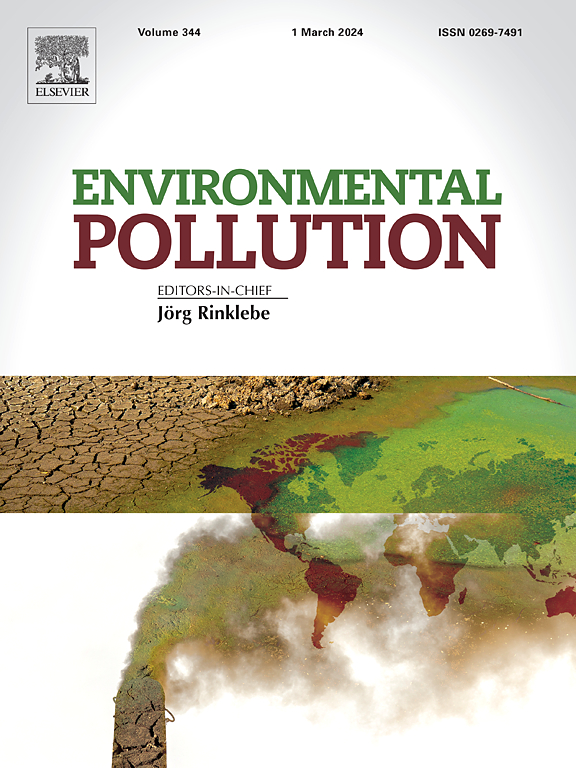Spatial and seasonal variations in abundance, distribution characteristics, and sources of microplastics in surface water of Mula river in Pune, India
IF 7.6
2区 环境科学与生态学
Q1 ENVIRONMENTAL SCIENCES
引用次数: 0
Abstract
Microplastics are one class of widely prevalent emerging contaminants that have a detrimental effect on ecosystems and human health. The status of microplastic pollution in rivers in Western India is not well documented, making it difficult for establishing monitoring policies and guidelines. Mula river in Pune is a lifeline for the numerous industries and residential establishments in the city and hence monitoring the health of the water of Mula river is of great societal relevance. This investigation elucidated the prevalence, abundance and characterization of microplastics in Mula River water, while it crosses Pune, one of the fastest developing cities in India. Season played a determinant role in microplastic abundance. During the pre-monsoon season, the average microplastic concentration at all the three selected locations was notably higher (1808 ± 697 particles/L) compared to the post-monsoon period (1561 ± 167 particles/L). Microplastics smaller than 100 μm were consistently dominant in both the seasons. Notably, the most common polymer found in the Mula River was Ethylene Vinyl Acetate (EVA), a copolymer of polyethylene (PE) and vinyl acetate, commonly used in plastic wraps and packaging material. Unregulated disposal of industrial waste emerged as the most potential source of microplastics in Mula river. This study addresses a critical knowledge gap about the distribution and sources of microplastics in rivers in India. This work provides baseline data that can be used to access accurate mitigation of microplastics and evaluate health and environmental impacts of microplastic pollution in Indian rivers.


求助全文
约1分钟内获得全文
求助全文
来源期刊

Environmental Pollution
环境科学-环境科学
CiteScore
16.00
自引率
6.70%
发文量
2082
审稿时长
2.9 months
期刊介绍:
Environmental Pollution is an international peer-reviewed journal that publishes high-quality research papers and review articles covering all aspects of environmental pollution and its impacts on ecosystems and human health.
Subject areas include, but are not limited to:
• Sources and occurrences of pollutants that are clearly defined and measured in environmental compartments, food and food-related items, and human bodies;
• Interlinks between contaminant exposure and biological, ecological, and human health effects, including those of climate change;
• Contaminants of emerging concerns (including but not limited to antibiotic resistant microorganisms or genes, microplastics/nanoplastics, electronic wastes, light, and noise) and/or their biological, ecological, or human health effects;
• Laboratory and field studies on the remediation/mitigation of environmental pollution via new techniques and with clear links to biological, ecological, or human health effects;
• Modeling of pollution processes, patterns, or trends that is of clear environmental and/or human health interest;
• New techniques that measure and examine environmental occurrences, transport, behavior, and effects of pollutants within the environment or the laboratory, provided that they can be clearly used to address problems within regional or global environmental compartments.
 求助内容:
求助内容: 应助结果提醒方式:
应助结果提醒方式:


